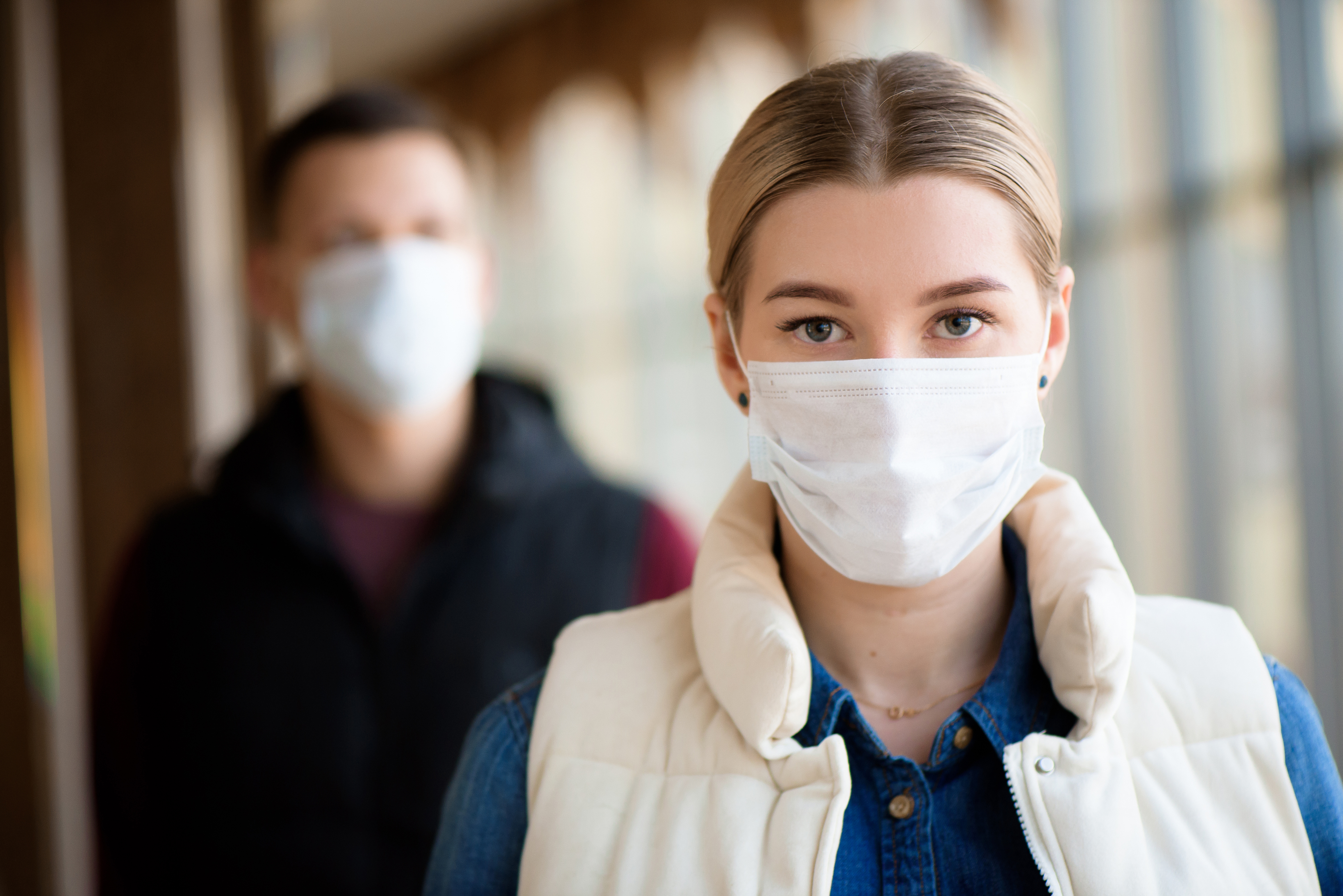World Day for Safety and Health at Work

Usually, 28 April marks World Day for Safety and Health at Work. However, this year’s event has been overshadowed by the COVID-19 pandemic. As countries across the world deal with the new threat, this year’s celebration will promote a combined effort for people’s safety and health at work. The annual World Day for Safety and Health at Work promotes the prevention of occupational accidents and diseases globally. As workers, we are responsible for working safely to protect ourselves and others, to know our rights and to implement preventive measures.

Promoting Advocacy & Awareness in the Workplace
In 2003, the International Labour Organization (ILO) started the “World Day” to emphasise the prevention of accidents and diseases at work. “World Day” highlights ILO's cultural celebration of life.
The celebration is an integral part of the Global Strategy on Occupational Safety and Health of the ILO. One of the main pillars of the Global Strategy is advocacy. The World Day for Safety and Health at Work raises awareness of how to make work safe and healthy, as well as how to advance the profile of occupational safety and health.
28th April is also the International Commemoration Day for Dead and Injured Workers, which has been organised worldwide by the trade union movement since 1996.
Ensuring Safe Remote Working Conditions During COVID-19
Part of the World Day for Safety and Health at Work looks at “Emerging risks at work”, which covers topics such as “New working conditions”. Across the UK, many people are now working from home. Our workplaces have changed, and we are working under very different working conditions.
As a result, it’s important to consider your health and wellbeing using your own DSE or workstation. If you have moved from an office-based workstation to a remote workstation, you should perform a self-workstation assessment. To assess your workstation, ask yourself the following questions.
· Is your workstation sufficient to meet your needs?
· Do you have the correct equipment?
· Do your screens sit at “eye-level”?
If you do not have the correct equipment to work safely, it’s your employer’s responsibility to provide you with the correct equipment for your home setup. However, please note that your employer must only provide essential equipment, nothing trivial.
Also, if you are working from home, you are now considered a “Lone” or “Remote” Worker. Lone and Remote workers fall into various categories, such as:
· Home-based sales representatives visiting clients or potential clients.
· Delivery drivers delivering parcels to businesses or members of the public.
· Nurses or doctors providing home medical care.
· Engineers making response calls.
· Remote workers working from home with occasional office time, such as project managers.
Protecting Yourself During the Pandemic
Many people find themselves alone and separated from their colleagues when working outside of the office, especially during this difficult time. It is therefore important that you make arrangements to ensure that you are as safe as possible at all times.
When working alone, plan ahead and take simple steps to keep safe and avoid potentially difficult situations. Always ensure that others know where you are going and when you are due to return.
Employers are required by law to identify employees who may be at risk and provide effective guidance, training and advice on how to best manage and reduce such risks. As you have been enrolled on this course, you have likely been identified as an employee who may be vulnerable in certain situations.








